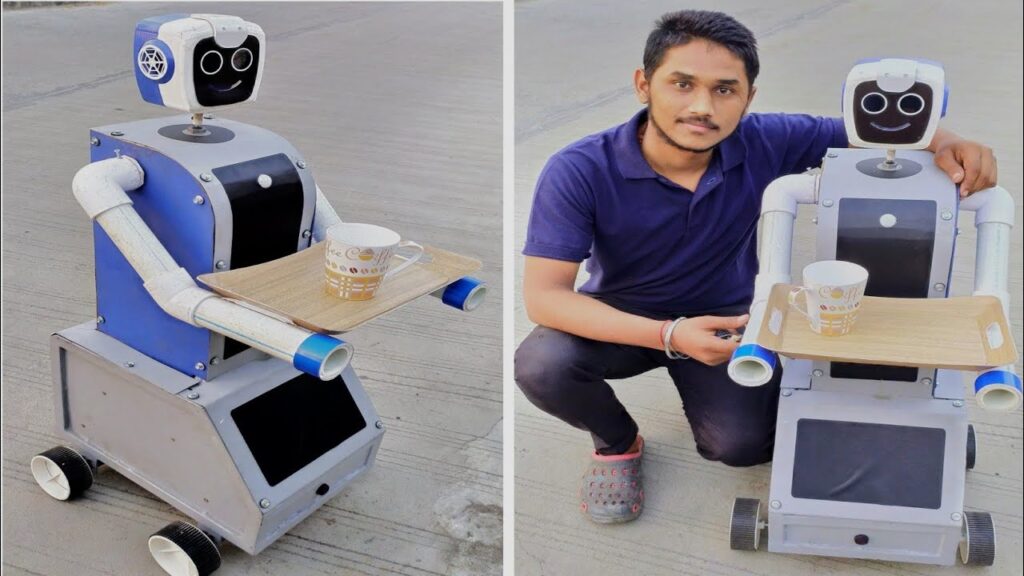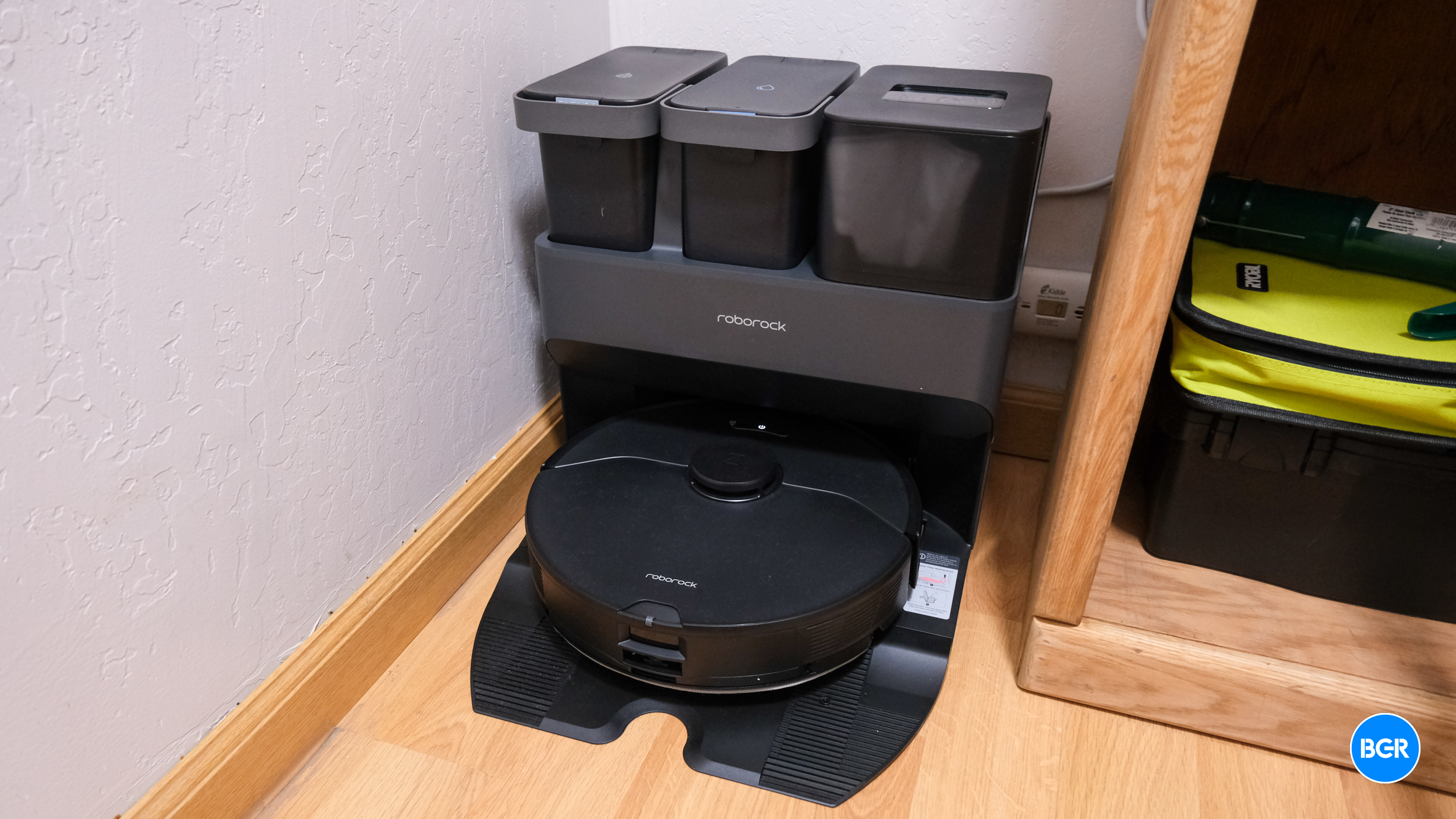How to Build a Real Robot for Practical Applications?
Building a real robot for practical applications can be an exciting and rewarding project. Whether you are a hobbyist, student, or professional engineer, creating a functional robot can open up a world of possibilities. In this guide, we will walk you through the steps involved in building a real robot that can be used for practical applications.
Step 1: Define the Purpose and Requirements
Before you start building your robot, it is important to define its purpose and requirements. Consider what tasks you want the robot to perform, as well as any specific functions or features it should have. This will help guide your design and component selection process.
Step 2: Select the Right Components
Once you have a clear understanding of your robot’s purpose and requirements, it is time to select the right components. This includes choosing the appropriate sensors, actuators, microcontrollers, and other hardware necessary for your robot to function properly.
Step 3: Design the Robot’s Mechanical Structure
The next step is to design the mechanical structure of your robot. This includes creating a 3D model of the robot’s body and components, as well as determining how they will be assembled together. Consider factors such as weight distribution, stability, and ease of movement in your design.
Step 4: Develop the Robot’s Control System
With the mechanical structure in place, it is time to develop the robot’s control system. This involves programming the microcontroller to receive input from sensors and send commands to actuators, allowing the robot to perform the desired tasks autonomously.
Step 5: Test and Iterate
Once you have completed building your robot, it is important to test it thoroughly to ensure that it functions as intended. Make any necessary adjustments or modifications based on your testing results, and continue to iterate on your design until you are satisfied with the robot’s performance.
Tips for Successful Robot Construction
- Start with a clear project plan outlining the robot’s purpose and requirements.
- Research and select high-quality components that meet your project’s needs.
- Take your time during the design and assembly process to ensure a precise and accurate build.
- Test your robot regularly throughout the construction process to catch any issues early on.
- Don’t be afraid to ask for help or seek out resources and tutorials to aid in your robot construction.
By following these steps and tips, you can build a real robot for practical applications that meets your needs and objectives. Whether you are looking to create a robot for educational purposes, research projects, or commercial applications, the process of building a functional robot can be a fulfilling and enriching experience.
How to Build a Real Robot for Practical Applications?
Building a real robot for practical applications can be an exciting and rewarding project. Whether you are a hobbyist, student, or professional engineer, creating a functional robot can open up a world of possibilities. In this guide, we will walk you through the steps involved in building a real robot that can be used for practical applications.
Step 1: Define the Purpose and Requirements
Before you start building your robot, it is important to define its purpose and requirements. Consider what tasks you want the robot to perform, as well as any specific functions or features it should have. This will help guide your design and component selection process.
Step 2: Select the Right Components
Once you have a clear understanding of your robot’s purpose and requirements, it is time to select the right components. This includes choosing the appropriate sensors, actuators, microcontrollers, and other hardware necessary for your robot to function properly.
Step 3: Design the Robot’s Mechanical Structure
The next step is to design the mechanical structure of your robot. This includes creating a 3D model of the robot’s body and components, as well as determining how they will be assembled together. Consider factors such as weight distribution, stability, and ease of movement in your design.
Step 4: Develop the Robot’s Control System
With the mechanical structure in place, it is time to develop the robot’s control system. This involves programming the microcontroller to receive input from sensors and send commands to actuators, allowing the robot to perform the desired tasks autonomously.
Step 5: Test and Iterate
Once you have completed building your robot, it is important to test it thoroughly to ensure that it functions as intended. Make any necessary adjustments or modifications based on your testing results, and continue to iterate on your design until you are satisfied with the robot’s performance.
Tips for Successful Robot Construction
- Start with a clear project plan outlining the robot’s purpose and requirements.
- Research and select high-quality components that meet your project’s needs.
- Take your time during the design and assembly process to ensure a precise and accurate build.
- Test your robot regularly throughout the construction process to catch any issues early on.
- Don’t be afraid to ask for help or seek out resources and tutorials to aid in your robot construction.
By following these steps and tips, you can build a real robot for practical applications that meets your needs and objectives. Whether you are looking to create a robot for educational purposes, research projects, or commercial applications, the process of building a functional robot can be a fulfilling and enriching experience.



